What keeps administrators awake at night? Too much.
When the days get shorter, the leaves start to fall, and things go bump in the night, it’s time to revisit our favorite haunts. What can K12 leaders learn from classic movie monsters? Dim the lights, lock the door, and sleep with one eye open—it’s spooky school season!
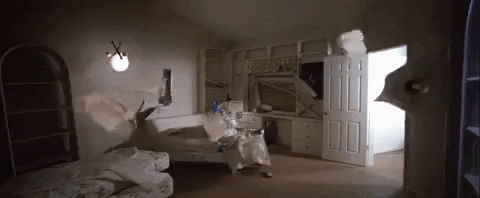
Poltergeists
These nasty infestations often haunt in the form of nuisances ranging from annoying to malevolent. They’ll slam doors, rearrange teacups, move furniture—and that’s just the beginning. Whatever they decide to mess with, it gets old real fast, and once they cross the line, watch out! You’ll have roofs collapsing, chairs smashed to smithereens, and books covered in ectoplasmic goop.They’re a little like those annoying budget busters that pop up at the most inopportune time. Defeating them means laying every button and cent just so: either back to their rightful heirloom display, or back to the bottom line.
Seance strategy: Consider the entire lifetime cost, not just up-front implementation prices, when choosing new edtech investments.
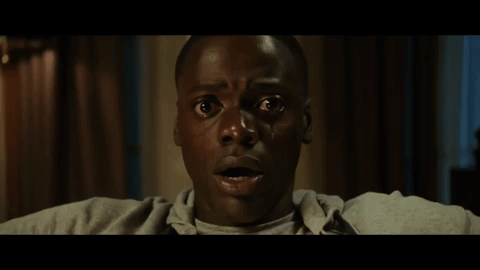
Vampires
Blame it on Anne Rice, L.J. Smith, and (sigh) Stephenie Meyer, these days vampires are hot. According to some lore, they must be invited into your home in order to partake of your plasma. Luckily (for them) they come equipped with killer instincts, almost like hypnosis. Hackers aren’t after your hemoglobin, but like vampires they possess a unique understanding of human psychology.Phishing is designed to prey on our trusting nature to get a foot in the door and drain the district coffins—or rather, coffers. Garlic won’t stop them, but a trustworthy training program and opportunities to practice spotting phishy emails will put a stake in the heart of a hacker’s campaign.
Stake strategy: Create a training and testing program to quiz your district. Release phony phishing emails regularly and tally how many folks fall for them vs. report them. Provide additonal training as needed.

Slayer demons
Whether they’re clad in red stripes or hiding behind a hockey mask, slayers are iconic creeps. They’re always game for the steady pursuit. Whether they lurk in a roadside motel or at a sleepaway camp, their victims are forever changed by their encounters...if they make it out alive.The dark side of the slayer’s origin story always comes to light, and it’s usually more sad than supernatural. Their trauma transforms them into the ultimate bully: pain grows unchecked into an insatiable monster. Educators see this daily: kids who are hurting often hurt others. Trauma never excuses bullying. Understanding its insidious roots helps the bully end their urge to pass their pain on.
Slayer strategy: Bullying is never okay, but endeavor to get to the root of the destructive behavior with proactive counseling, mental health check-ins, and social-emotional curriculum—along with everyday conversations with kids who need attention from a caring adult.
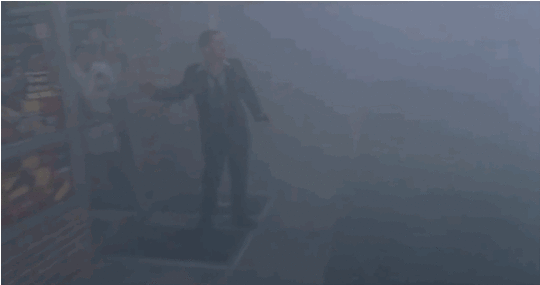
Shapeshifters, mists, blobs, and fogs
The unknown is what makes horror movies scary. As the heroines and heroes bumble through unseen and unfathomable battles (and, sometimes, up a flight of stairs when an open door is right there!), their minds fill in the blanks of what they don’t know about the lurking monster. What we imagine the monster to be is often scarier than anything filmmakers can come up with.Walk the halls of any school and you’re walking past hundreds of invisible battles. The trickiest part is figuring out when (and how) to step in, and there’s no single answer. The best we can do is form strong relationships, sometimes just by being consistent with a smile, building trust through empathy, and keeping an open mind and heart.
Shapeshifter strategy: Delegate and empower grown-ups in the district to check in with students, and create a culture where students feel they're heard. Listening goes a long way before jumping into the unknown.
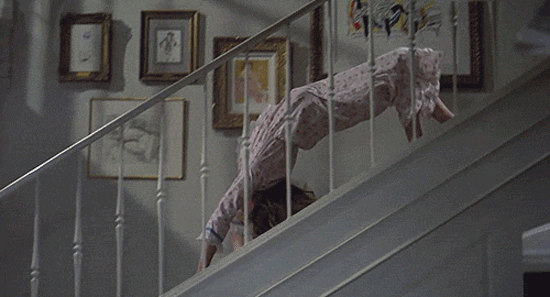
Monster houses
Maybe it’s the last house on the dead-end road on the edge of town. Maybe it was once a stately manor but now is dilapidated. Sometimes you hear incorporeal footsteps or catch a whiff of old-fashioned perfume. Sometimes the walls ooze. Whatever happens, something scary is going down within these four walls!Virtual learning has brought the school to home, the public interaction to private space, unearthing characteristics some students would rather keep secret. It can feel uncomfortable at times, but learning more about where students live and learn helps build the empathy required to pinpoint which supports students need to survive and thrive.
Spooky structure strategy: Student attendance is non-negotiable, but do cameras really need to be on the entire time? If the district can't flex on this, share some pointers on preserving privacy with students: if possible, arrange a space where your background is a blank wall, drape a blanket for a background, or share appropriate virtual backgrounds.
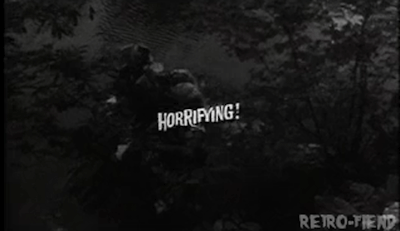
Godzilla
He’s the ultimate movie monster with the kind of larger-than-life power and symbolism behind his presence that goes down in infamy. This type of massive scale matches the most terrible scare school administrators face.Planning for catastrophic violence in schools is a heartbreaking reality and abject horror. There’s nothing bigger, and there’s no way to foresee it. We can only hope planning for the absolute worst scenarios can mitigate the damage and improve the safety and protection of everyone in the building.
Safety strategy: Building security is constantly being improved and is never far from school leaders' minds. Technology can help identify visitors and keep school buildings secure.
Honorable mention: Werewolves
It’s no secret little kids lose their cool when the moon is full. Have we really ruled out the possibility they’re each little lycanthropes in disguise? (I mean, really, have we?)Cyclical strategy: Download a moon phases app (we recommend Full Moon Phase for iPhone).
Spooky season puts us in touch with some of our deepest fears. But fear is a gift: It teaches us an important lesson about what we value and what we’re willing to do to protect it. Facing our fears can inspire us to be more proactive, more prepared, and more likely to withstand the worst possible outcome.
The nightmare is only the beginning—it’s what we do when we wake up that counts.
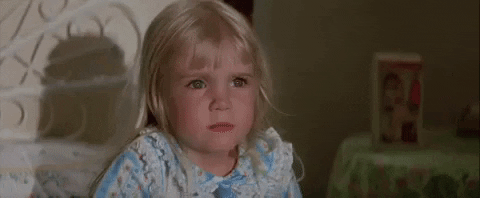
Follow-up resource: Learn more
WHAT'S NEXT FOR YOUR EDTECH? The right combo of tools & support retains staff and serves students better. We'd love to help. Visit skyward.com/get-started to learn more.

|
Erin Werra Blogger, Researcher, and Edvocate |
Erin Werra is a content writer and strategist at Skyward’s Advancing K12 blog. Her writing about K12 edtech, data, security, social-emotional learning, and leadership has appeared in THE Journal, District Administration, eSchool News, and more. She enjoys puzzling over details to make K12 edtech info accessible for all. Outside of edtech, she’s waxing poetic about motherhood, personality traits, and self-growth.




